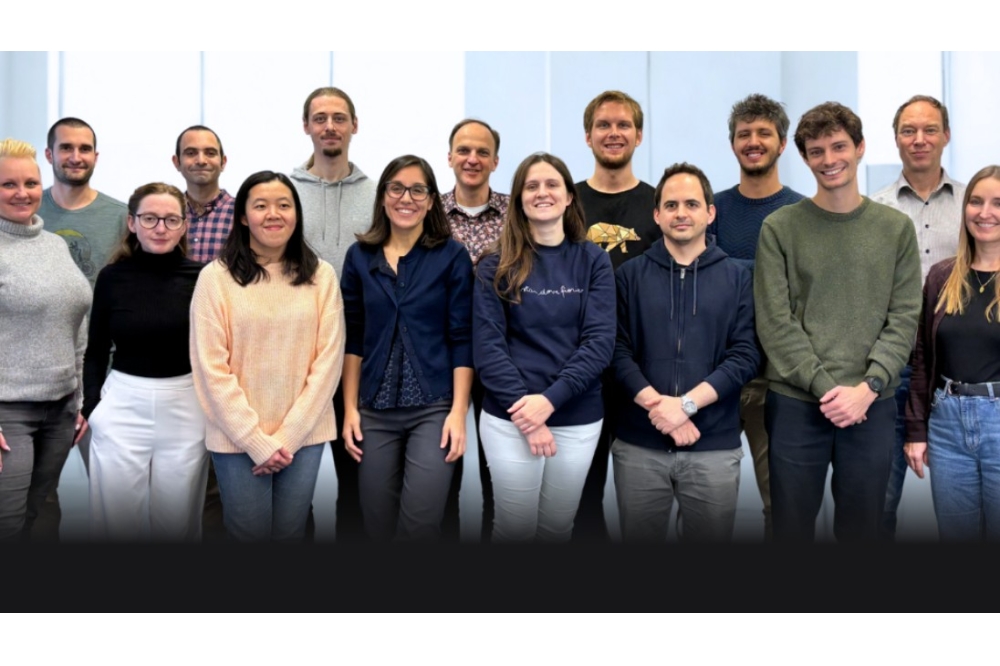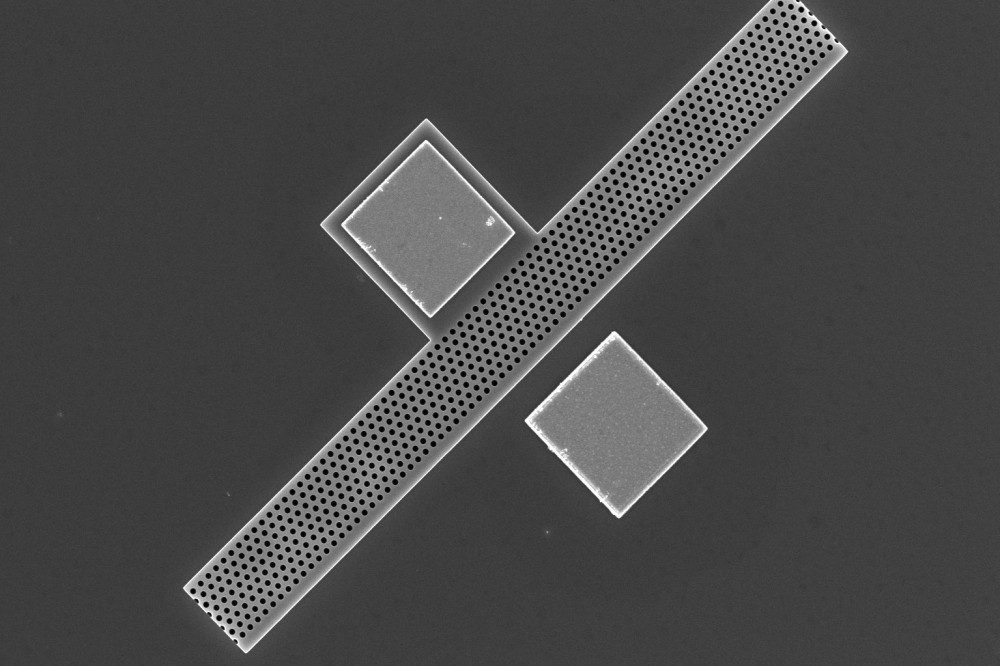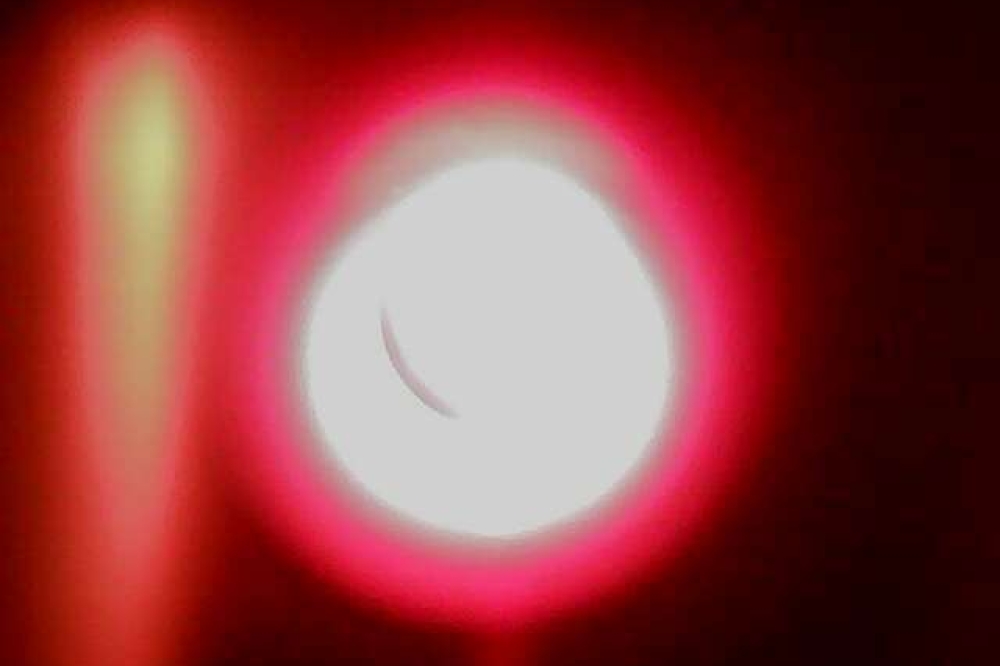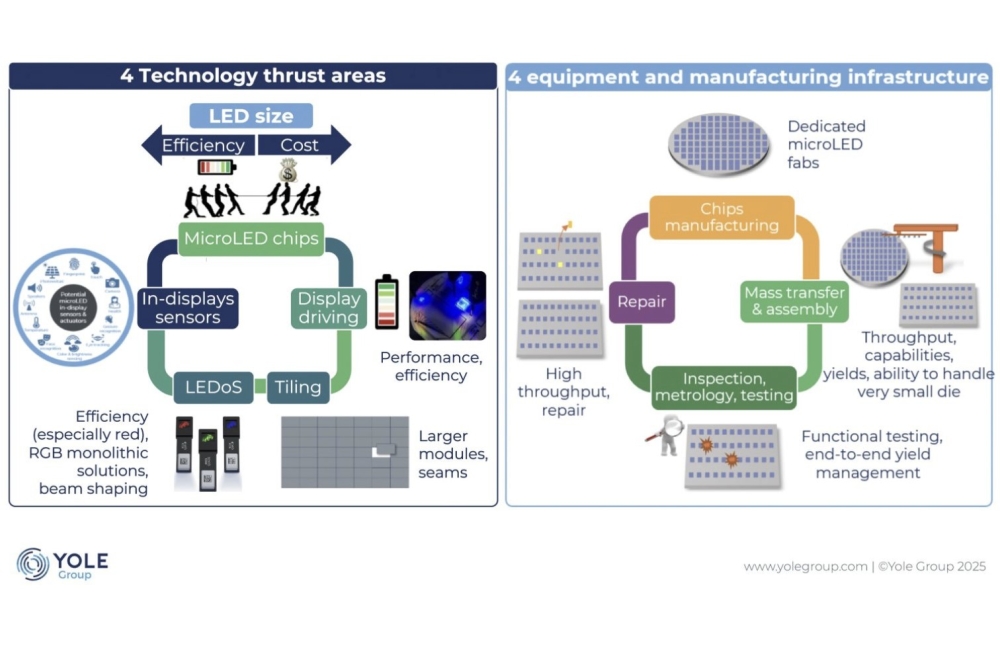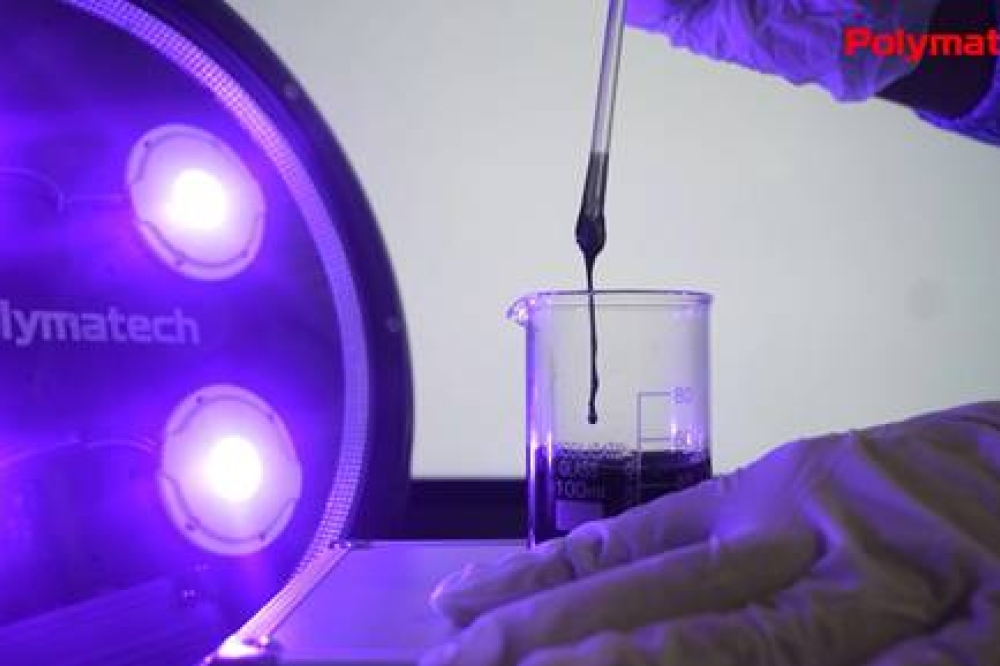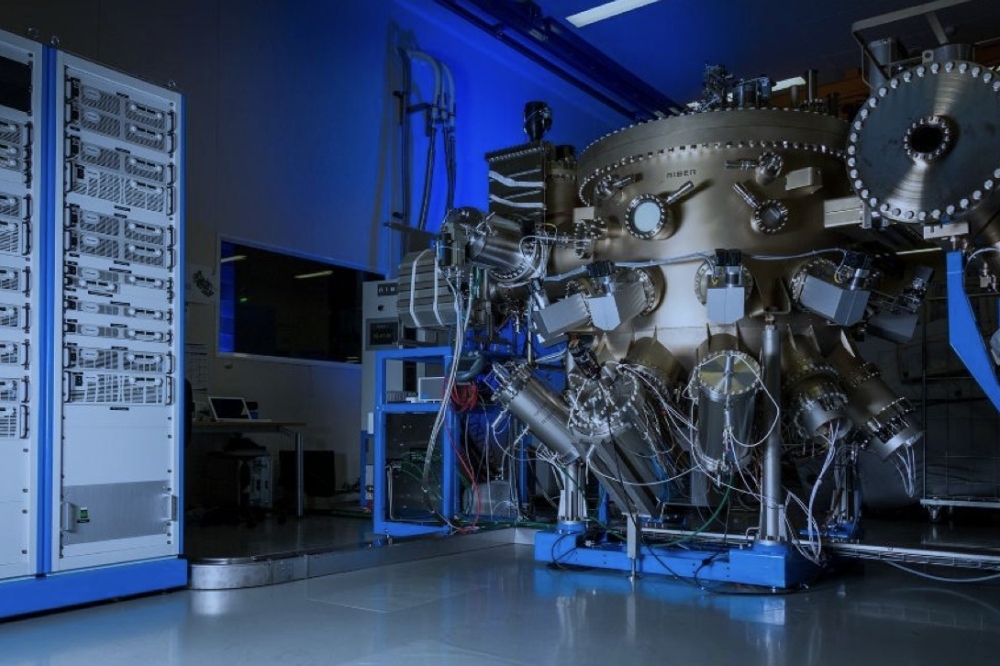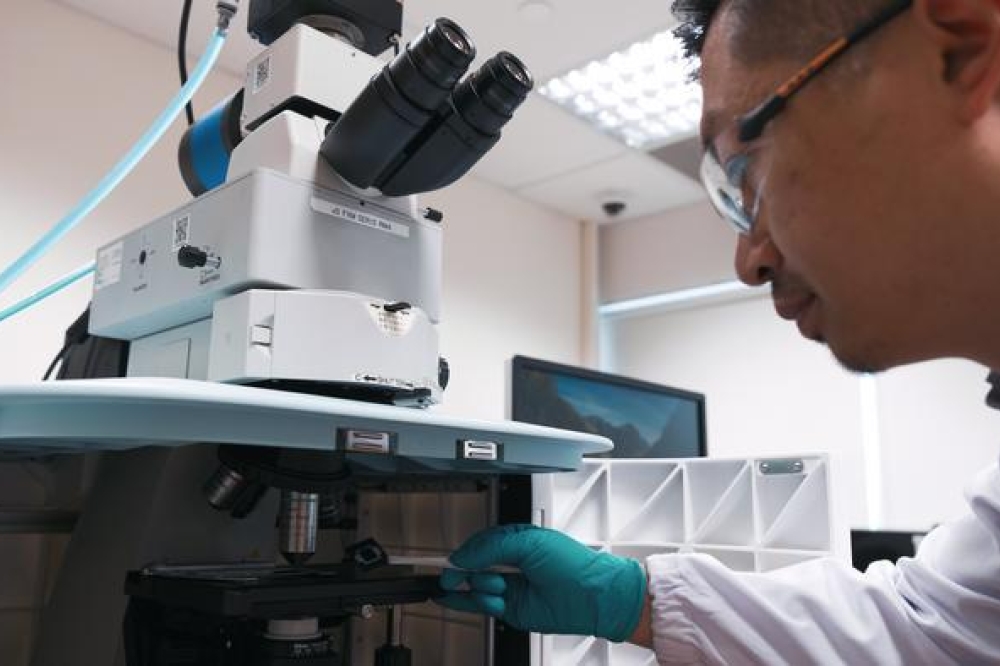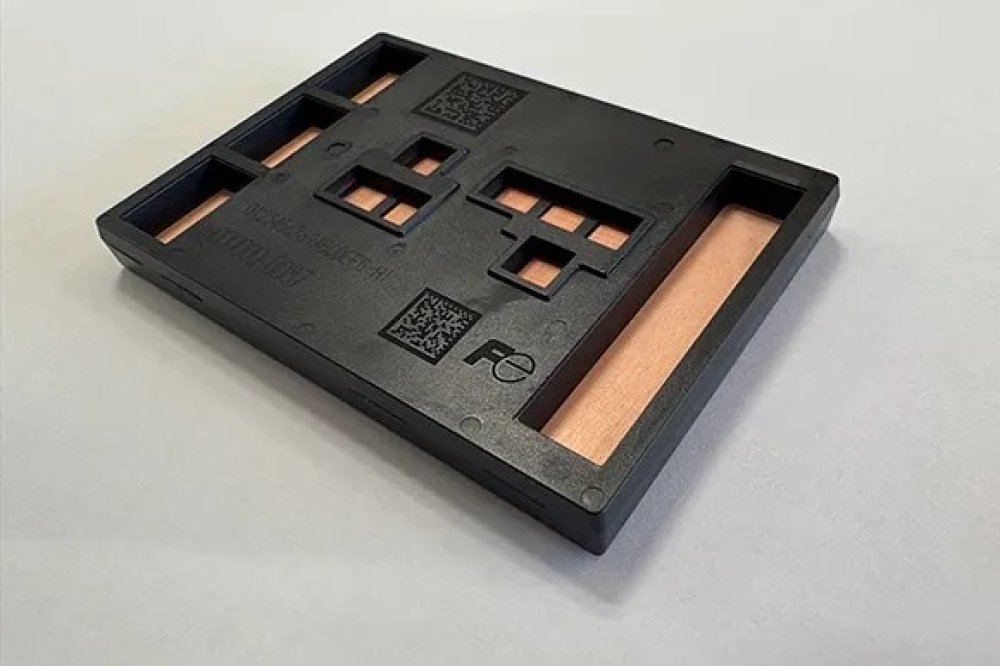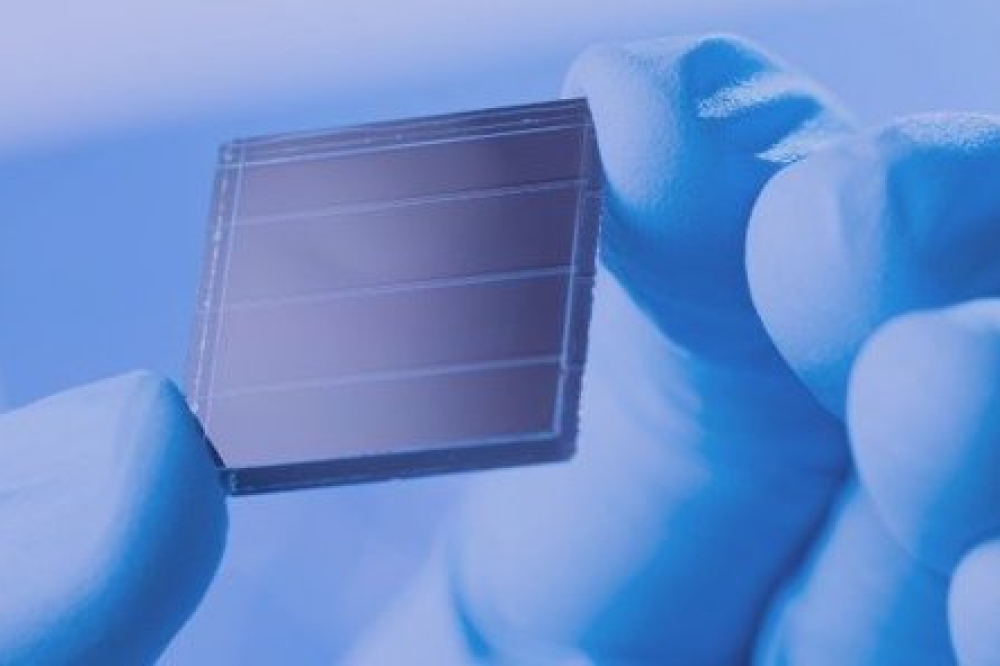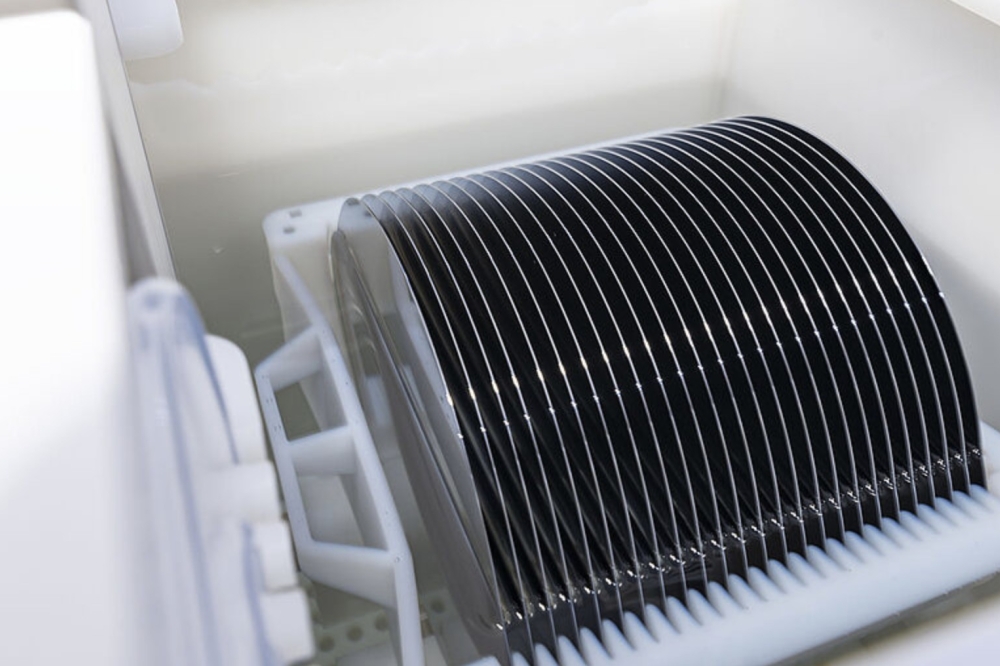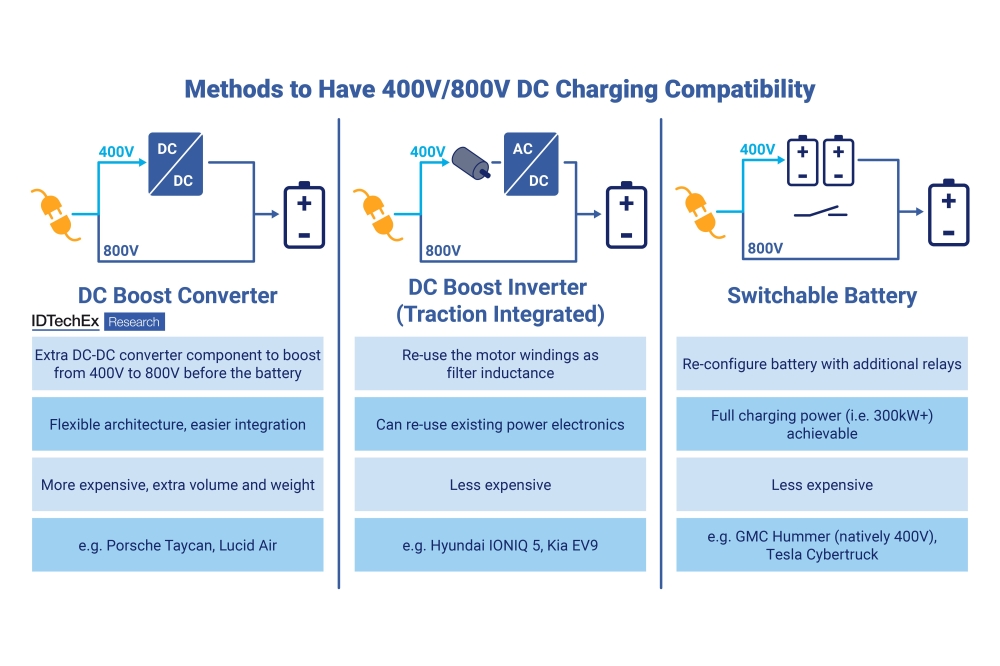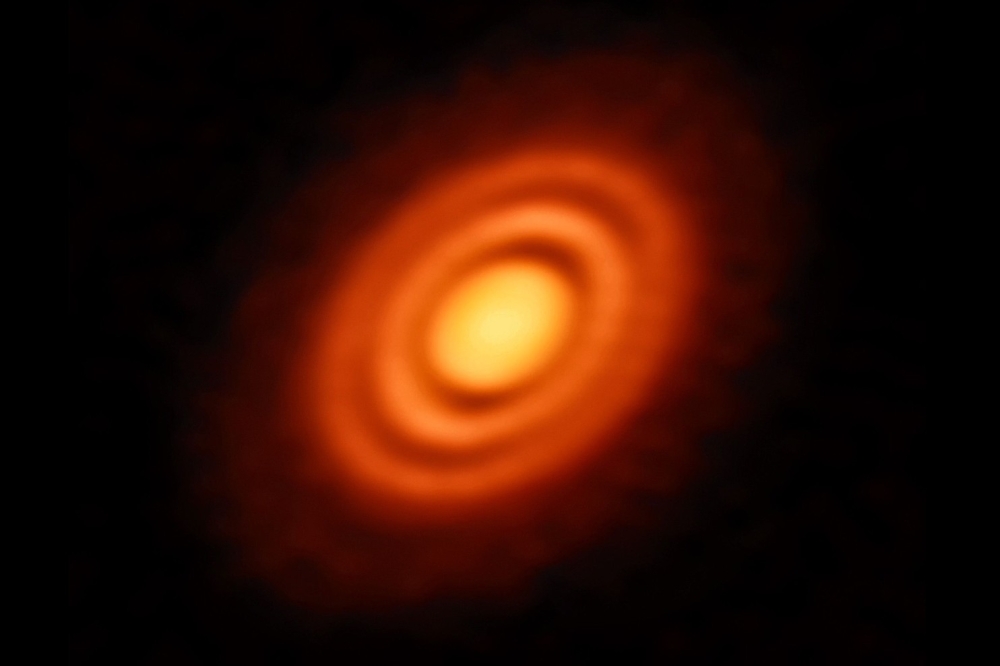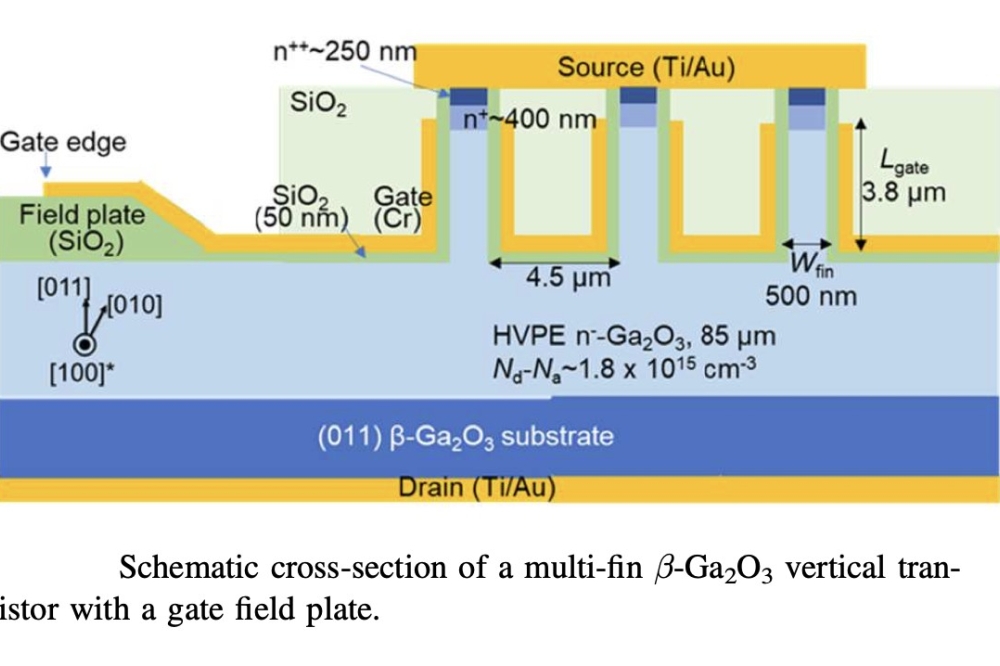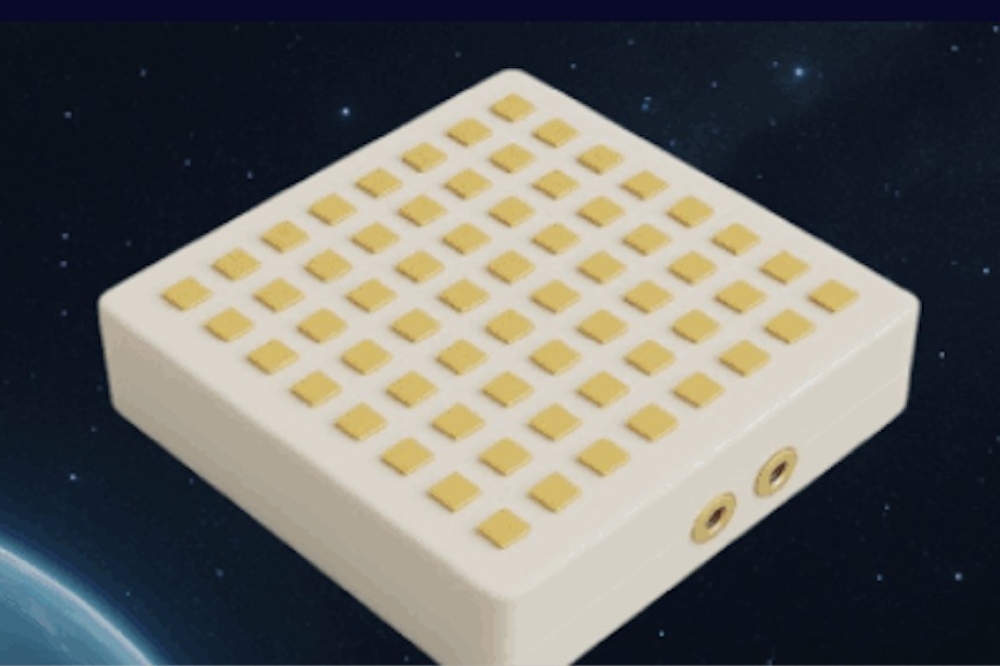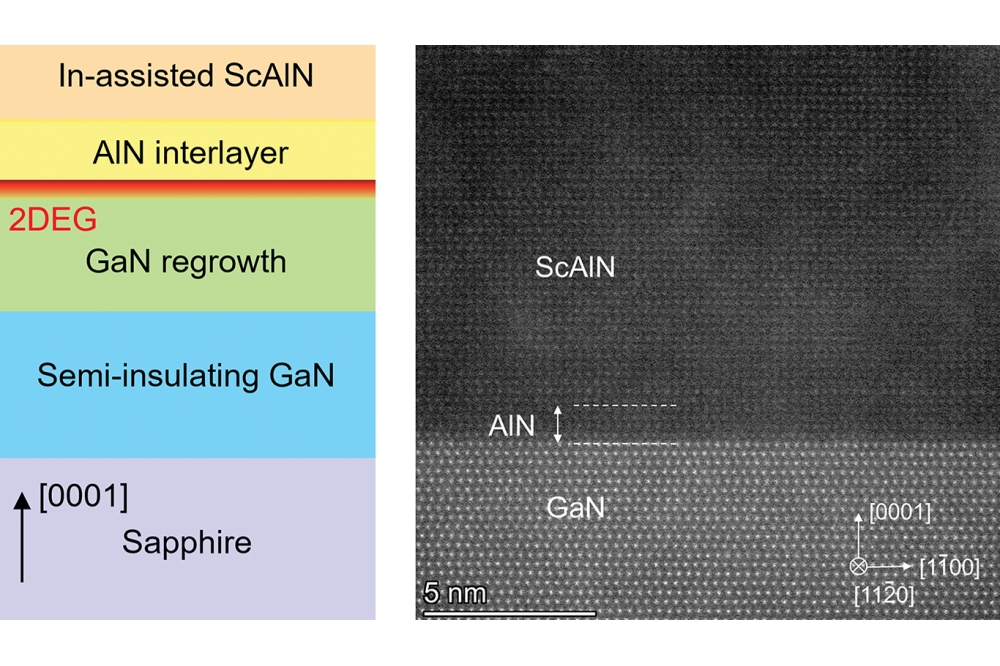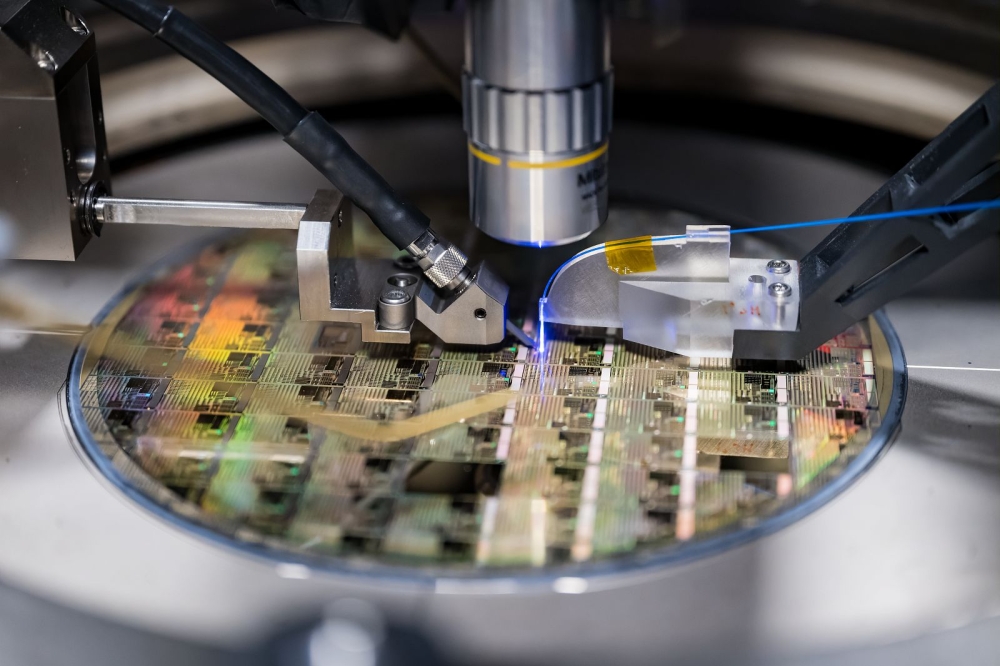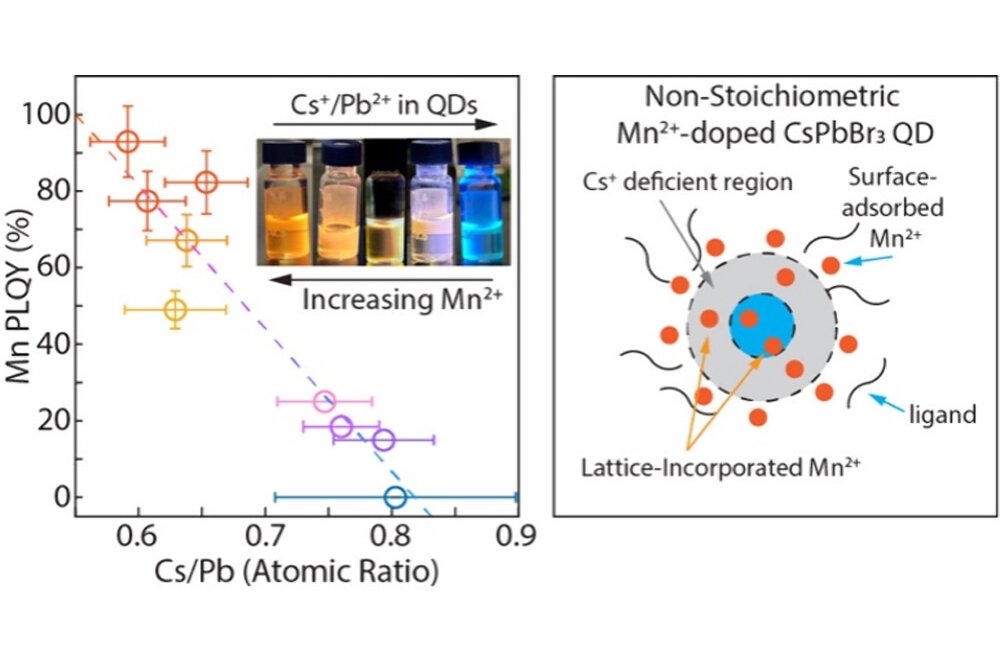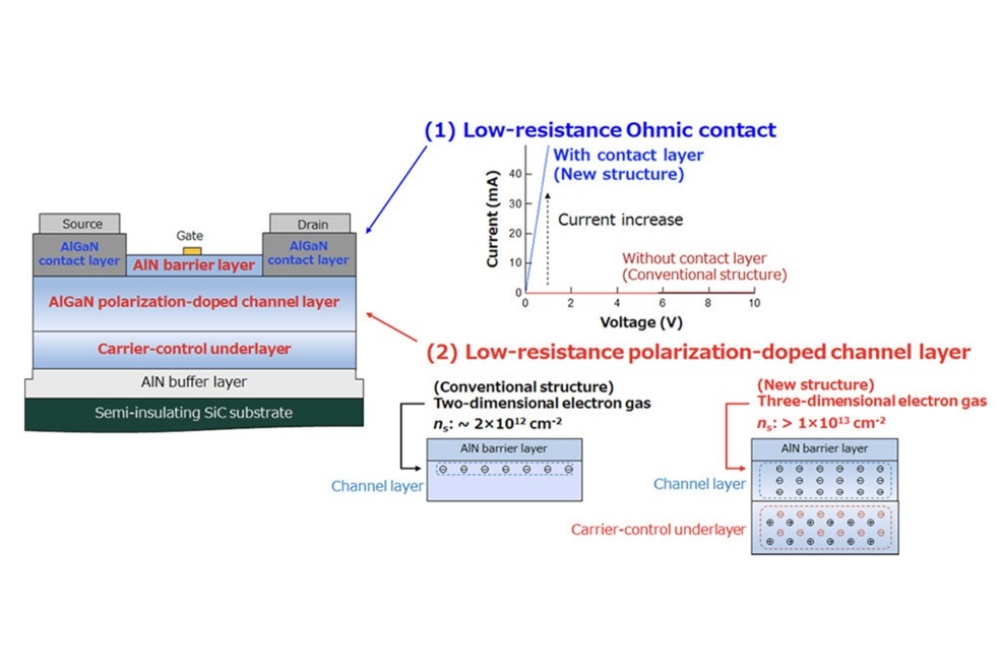Thinner OSCs are more resilient to space radiation

Organic solar cells (OSCs) are emerging as promising candidates for space power generation due to their lightweight nature and rapidly advancing power conversion efficiencies. However, their resilience to the harsh space environment remains a critical factor for practical applications.
Now research published in the journal Advanced Optical Materials by Viktor Brus and colleagues at Nazarbayev University School of Sciences and Humanities, suggests that thinner cells are more resilient to space radiation.
Brus and his team investigated the impact of varying PM6:Y6 active layer thicknesses on the performance and radiation hardness of OSCs subjected to intense 170 keV short-pulse (150 ns) proton irradiation (simulating operation in Low Earth Orbit) followed by thermal annealing.
Proton irradiation induced significant changes in charge recombination and extraction dynamics, resulting in a performance degradation exceeding 50 percent.
But notably, OSCs with thinner active layers demonstrated better radiation resistance and more effective recovery after annealing, limiting the damage caused by proton radiation.
The team attributed this to reduced bulk trap concentrations and enhanced charge extraction efficiency.
“Every kilogram sent into space costs about $4,000. We tested new, ultra-thin organic materials - and the thinner they are, the better they survive radiation. Less weight, more resilience,” says Brus.
The findings of this study have significant implications for the future of space exploration. By optimising active layer thickness, the researchers aim to enhance the resilience of solar cells, making them more viable for long-term space missions.
Reference
G. Akhtanova, et al; 'Organic Solar Cells for Space Applications: The Crucial Role of Active Layer Thickness'. Adv. Optical Mater. 2025

